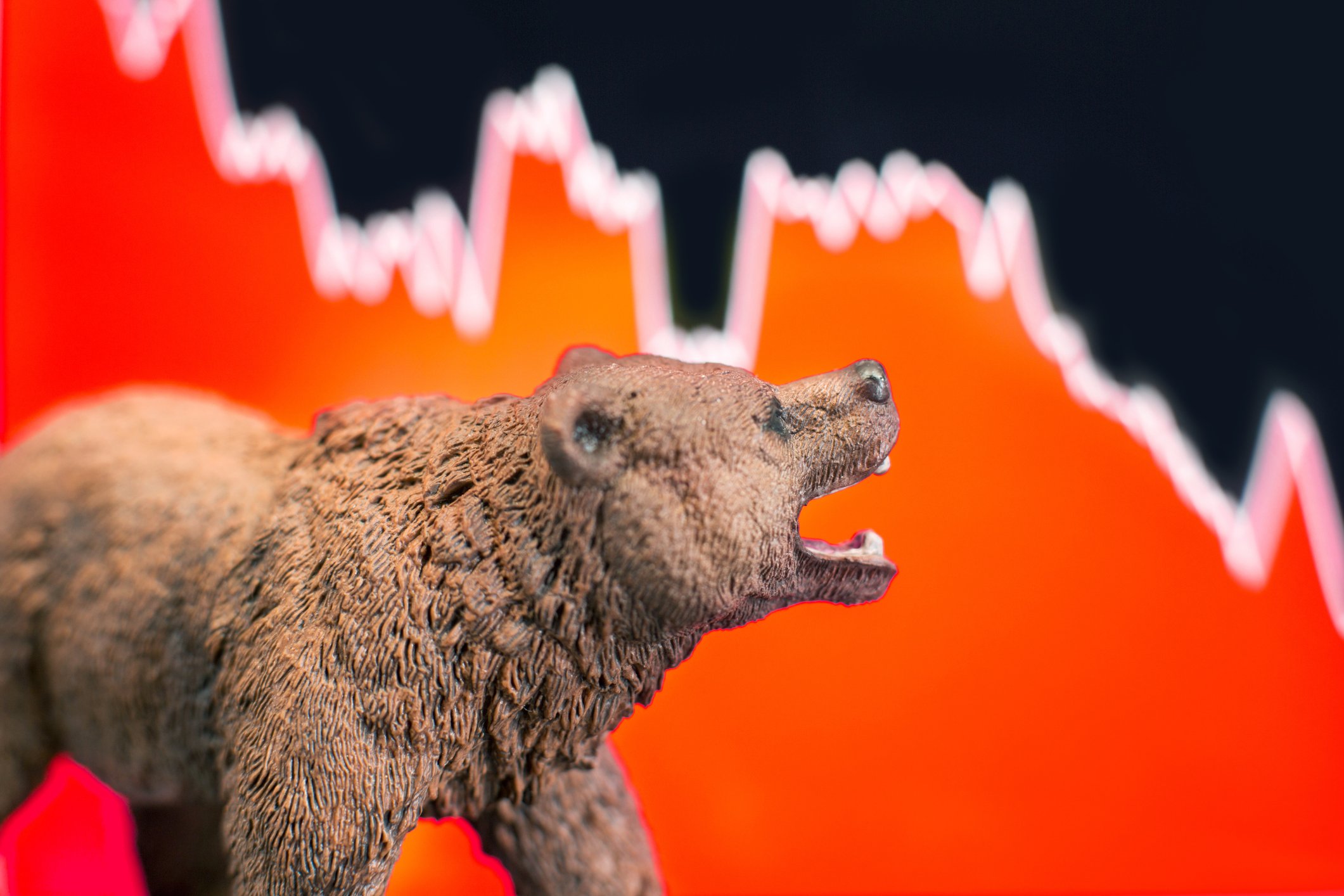Hailed by The New York Times as a "guru to Wall Street's gurus," value investing expert Bruce Greenwald takes some time to offer his insight and advice to The Motley Fool. A professor at Columbia University's Graduate School of Business, Greenwald has also authored multiple books, including Value Investing: from Graham to Buffett and Beyond.
Greenwald points out that trying to value a growth stock is an exercise in futility -- as many investors learned the hard way during the tech bust -- and explains why it makes more sense to look at returns when considering franchised stocks.
Full transcript below.
Matt Koppenheffer: Jumping off of something that you just said that I thought was kind of interesting, you said they're valued at a 3.3-4% dividend.
I've always thought about dividends as a valuation metric, but you don't hear that a lot, where people are using dividends as a metric of valuation. But post financial crisis, it seems like more investors are revisiting dividends.
I was wondering if you would talk a little bit about using a dividend as a valuation metric, but then also some of the risks of looking for dividends, and particularly going after higher dividends.
Bruce Greenwald: OK, I got it. That's a really good question. Actually, let me describe what we're doing here.
When growth has value, what you're trying to do is take a cash flow number and multiply it by the appropriate multiple for a growing stream. Costs of capital these days are probably 8%. Growth rates for anybody with a franchise ... and growth has no value if you don't have barriers to entry, because your return on capital is driven by the cost of capital, so you invest $100 million in growth, you earn 8%, you have to pay 8% to the people who provided it.
In the stocks where growth matters, you've got, say, an 8% cost of capital and, because you've got operating leverage, probably a 5% growth in earnings. That's 1/3%, which is 33 times, which is a crazy multiple.
If you're off by just 1%, you could have 100 times. If, for example, the cost of capital was 7 and the growth was not 5, it was 6, which is 1/1%, or if the cost of capital was 9 and the growth rate is 5, you're 25 times, and even lower.
You make small mistakes in those numbers, you get massive mistakes in valuation, so when you've got a growing stream, it's almost impossible to put a value on it. If the growth doesn't matter, you can get an earnings-powered value. It ought to be supported by assets because there are no barriers to entry, and you'll get a very good valuation.
You can get a valuation metric in terms of price earnings ratios, price to tangible book, ultimately price to replacement cost, and price to sustainable earnings.
In the non-growth stocks, which are the non-franchised stocks, it's always been the case that traditional valuation metrics apply, and they continue to apply. In the growth stocks, on the other hand, I think we now have learned, to our cost -- and by the way, not just in this crisis, but in the sell-off for the tech bust in 1999-2000 -- that you cannot put a sensible value on things.
If you can't put a sensible value on things, the question is, how do you decide if they're worth buying? The answer is, you can put a sensible return on things.
In those cases, notice what I did. I said, "OK, here's the cash return." It's the dividends plus the buybacks, probably -- expected level of buybacks, which is like 4.4% -- the growth is what it is, and the growth in earnings may be slightly higher than the growth in sales, but the growth in sales is forecastable.
It's going to be either slightly above or slightly below the level of GDP growth, depending on how successfully they allocate capital to grab market share, or whether they're in a category that's growing faster, like pet food, than GDP, or much slower, like newspapers or automobiles, than GDP.
You can assess those numbers and notice that now it's not 1/R-G. It's just linearly related to the return. What I did for you is I basically calculated a total return for Nestle, and that has always been the sensible way to look at growth stocks.
You notice you can compare that directly to returns on treasuries, to returns on junk debt, to returns on regular debt, because they're all in returns space, so you've got a much better idea of what you're buying.
That's the good news about what we've learned. I think it's not just been from the crisis. I think, as I say, it goes back to the tech bust, where people put unrealistic and crazy valuations on things.







